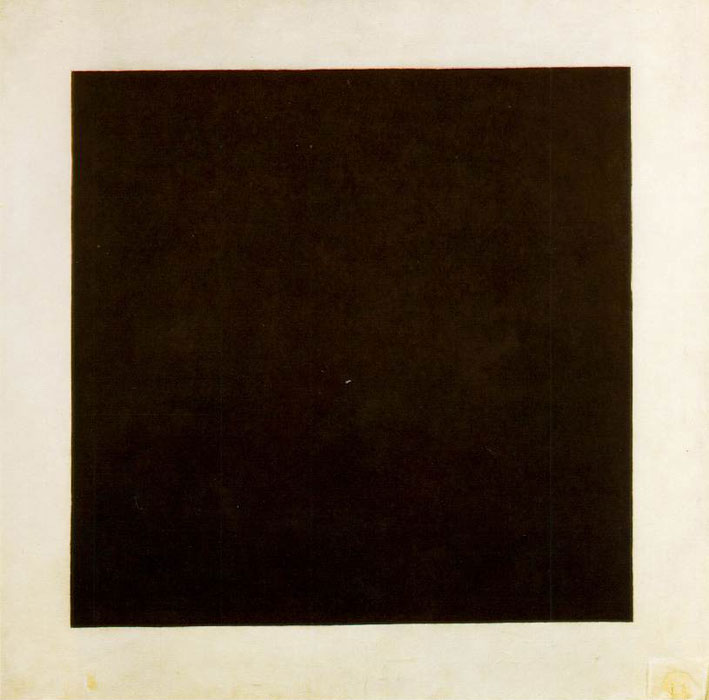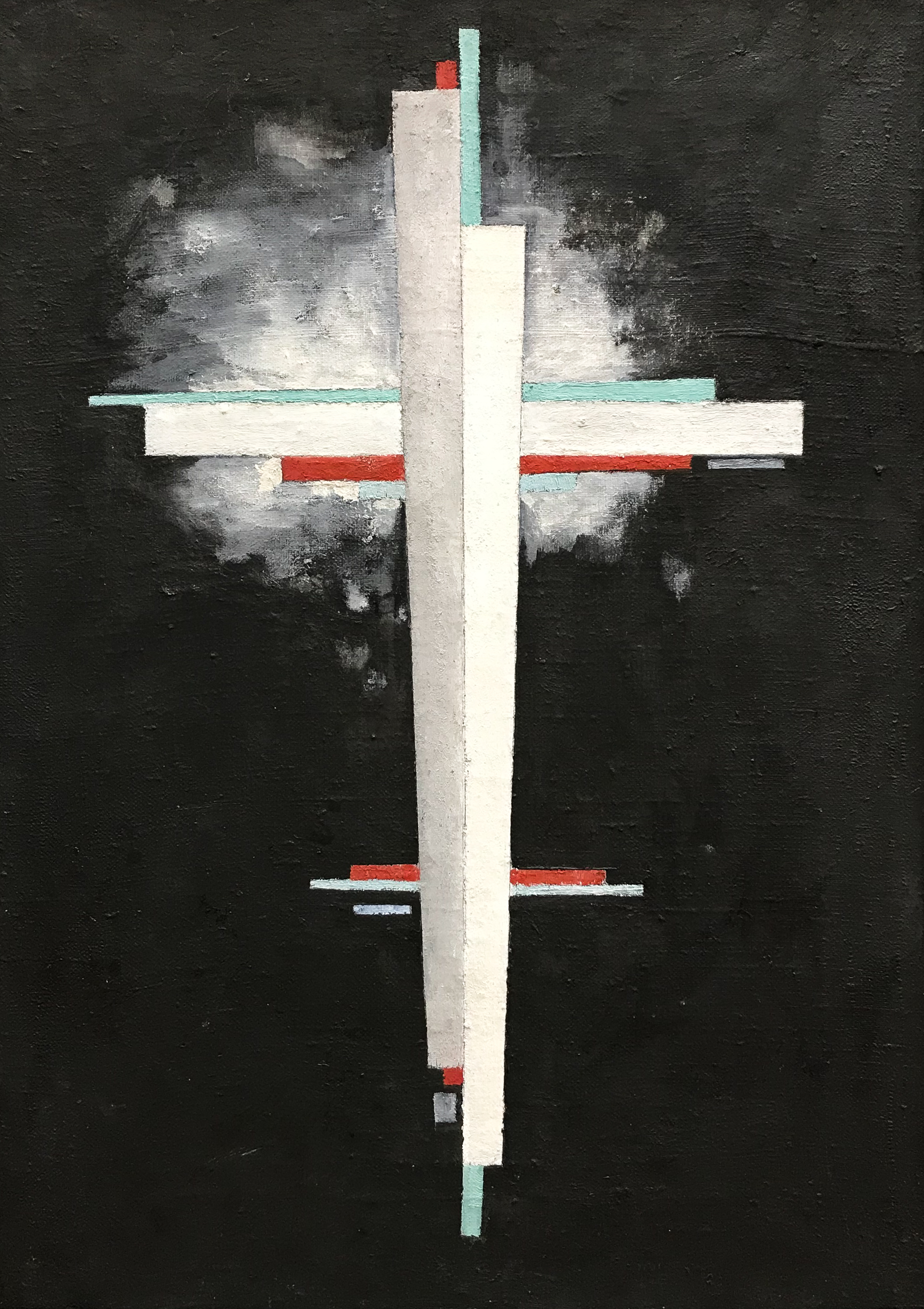|
UNOVIS
UNOVIS (also known as MOLPOSNOVIS and POSNOVIS) was a short-lived but influential group of artists, founded and led by Kazimir Malevich at the Vitebsk Art School in 1919. Initially formed by students and known as MOLPOSNOVIS, the group formed to explore and develop new theories and concepts in art. Under the leadership of Malevich they renamed to UNOVIS, chiefly focusing on his ideas on Suprematism and producing a number of projects and publications whose influence on the avant-garde in Russia and abroad was immediate and far-reaching.Essay: ''Black Square: In the Circle of Malevich and UNOVIS Group'' The group disbanded in 1922. The name UNOVIS is an |
Suprematism
Suprematism (russian: Супремати́зм) is an early twentieth-century art movement focused on the fundamentals of geometry (circles, squares, rectangles), painted in a limited range of colors. The term ''suprematism'' refers to an abstract art based upon "the supremacy of pure artistic feeling" rather than on visual depiction of objects. Founded by Russian artist Kazimir Malevich in 1913, Supremus ( Russian: Супремус) conceived of the artist as liberated from everything that pre-determined the ideal structure of life and art. Projecting that vision onto Cubism, which Malevich admired for its ability to deconstruct art, and in the process change its reference points of art, he led a group of Ukrainian and Russian avant-garde artists — including Aleksandra Ekster, Liubov Popova, Olga Rozanova, Ivan Kliun, Ivan Puni, Nadezhda Udaltsova, Nina Genke-Meller, Ksenia Boguslavskaya and others — in what's been described as the first attempt to independently foun ... [...More Info...] [...Related Items...] OR: [Wikipedia] [Google] [Baidu] |
Lazar Khidekel
Lazar Markovich Khidekel (Vitebsk 1904 – Leningrad 1986) was an artist, designer, architect and theoretician, who is noted for realizing the abstract, avant-garde Suprematist movement through architecture. Early life In 1918 at the age of 14, Khidekel was selected by Marc Chagall to study at the Vitebsk school of art, where he first met Kazimir Malevich and El Lissitzky. Khidekel became one of the founders of the group UNOVIS – Affirmers of New Art, led by Malevich and one of a few of Malevich's students, along with Ilya Chashnik and Nikolai Suetin, who deeply embraced Suprematist style and philosophy, and constituted the nucleus of genuine followers who soon become into their master's partners and assistants. Contributions By developing Suprematist ideas, Khidekel early defined his personal approach to Suprematist canon, introducing his own Suprematist painterly idioms, forms, ideas, and thoughts. Rapid maturation of Lazar Khidekel’s creative approach during the vital y ... [...More Info...] [...Related Items...] OR: [Wikipedia] [Google] [Baidu] |
Vera Ermolaeva
Vera Ermolaeva ( rus, Ве́ра Миха́йловна Ермола́ева) (November 2, 1893September 26, 1937) was a Russian painter, graphic artist and illustrator who participated in the Russian avant-garde movement. Biography Childhood and early life Vera Mikhailovna Ermolaeva was born November 2, 1893, in the village of Kliuchi in the Petrovsk uyezd of the Saratov Oblast (now – the Maloserdobinsky District of the Penza Oblast). Her father, Mikahil Sergeevich Ermolaev (1847-1911), was a landowner and served as chairman of the zemstvo county government. He also established a cooperative society called “The Labor Society,” and published a liberal journal called “''Zhizn’”'' (Life) (1899 - 1901), in which writings by Lenin, Gorky, and others appeared. Her mother, Anna Vladimirovna, was born the Baroness of Ungern-Unkovskaia (1854 - ?). As a child, Ermolaeva fell from a horse, an accident which crippled her legs and left her unable to walk without the aid of c ... [...More Info...] [...Related Items...] OR: [Wikipedia] [Google] [Baidu] |
Nina Kogan
Nina Kogan (1887–1942) was a Russian painter known for her Suprematist works. Life and career Nina Osipovna (Iosifovna) Kogan was born in 1887 or 1889 in Vitebsk, Saint Petersburg, or Moscow, and studied at the St. Ekaterina School in St. Petersburg in 1911-1913. In 1919 she helped to organize City Museum in Petrograd. She went on to study at the People's Art School in Vitebsk, Belarus, and soon became a teacher there, together with Marc Chagall, El Lissitzky, and Kazimir Malevich. Kogan became a member of Malevich's UNOVIS art collective. While a member of the group, she created the work ''Suprematist Ballet'' in an attempt to animate Suprematist forms and ideas in dance. She also took part designing new version of futuristic opera '' Victory over the Sun''. Kogan participated in on several exhibitions of early 1920s, such as "Erste Russische Kunstausstellung" in Berlin, 1922; "Exhibition of Works by Women Artists" in Leningrad, 1936; the "Sixth Exhibition of Works by Lening ... [...More Info...] [...Related Items...] OR: [Wikipedia] [Google] [Baidu] |
British Library
The British Library is the national library of the United Kingdom and is one of the largest libraries in the world. It is estimated to contain between 170 and 200 million items from many countries. As a legal deposit library, the British Library receives copies of all books produced in the United Kingdom and Ireland, including a significant proportion of overseas titles distributed in the UK. The Library is a non-departmental public body sponsored by the Department for Digital, Culture, Media and Sport. The British Library is a major research library, with items in many languages and in many formats, both print and digital: books, manuscripts, journals, newspapers, magazines, sound and music recordings, videos, play-scripts, patents, databases, maps, stamps, prints, drawings. The Library's collections include around 14 million books, along with substantial holdings of manuscripts and items dating as far back as 2000 BC. The library maintains a programme for content acquis ... [...More Info...] [...Related Items...] OR: [Wikipedia] [Google] [Baidu] |
Communist
Communism (from Latin la, communis, lit=common, universal, label=none) is a far-left sociopolitical, philosophical, and economic ideology and current within the socialist movement whose goal is the establishment of a communist society, a socioeconomic order centered around common ownership of the means of production, distribution, and exchange which allocates products to everyone in the society.: "One widespread distinction was that socialism socialised production only while communism socialised production and consumption." Communist society also involves the absence of private property, social classes, money, and the state. Communists often seek a voluntary state of self-governance, but disagree on the means to this end. This reflects a distinction between a more libertarian approach of communization, revolutionary spontaneity, and workers' self-management, and a more vanguardist or communist party-driven approach through the development of a constitutional socialist state ... [...More Info...] [...Related Items...] OR: [Wikipedia] [Google] [Baidu] |
Seal (device)
A seal is a device for making an impression in wax, clay, paper, or some other medium, including an embossment on paper, and is also the impression thus made. The original purpose was to authenticate a document, or to prevent interference with a package or envelope by applying a seal which had to be broken to open the container (hence the modern English verb "to seal", which implies secure closing without an actual wax seal). The seal-making device is also referred to as the seal ''matrix'' or ''die''; the imprint it creates as the seal impression (or, more rarely, the ''sealing''). If the impression is made purely as a relief resulting from the greater pressure on the paper where the high parts of the matrix touch, the seal is known as a ''dry seal''; in other cases ink or another liquid or liquefied medium is used, in another color than the paper. In most traditional forms of dry seal the design on the seal matrix is in intaglio (cut below the flat surface) and therefore the ... [...More Info...] [...Related Items...] OR: [Wikipedia] [Google] [Baidu] |
Homage (arts)
Homage or ''hommage'' ( or ) is a show or demonstration of respect or dedication to someone or something, sometimes by simple declaration but often by some more oblique reference, artistic or poetic. The term is often used in the arts, where one author or artist shows respect to another by allusion or imitation; this is often spelled and pronounced like the original French ''hommage'' (). Description It was originally a declaration of fealty in the feudal system—swearing that one was the man (French: ''homme''), or subordinate, of the feudal lord. The concept then became used figuratively for an acknowledgement of quality or superiority. For example, a man might give homage to a lady, so honouring her beauty and other graces. In German scholarship, followers of a great scholar developed the custom of honouring their mentor by producing papers for a ''festschrift'' dedicated to him. In music, homage can take the form of a composition (''Homage to Paderewski''), a tribute albu ... [...More Info...] [...Related Items...] OR: [Wikipedia] [Google] [Baidu] |
Ilia Chashnik
Ilya Grigorevich Chashnik (1902, Lucyn, Russian Empire, currently Ludza, Latvia - 1929, Leningrad) was a suprematism, suprematist artist, a pupil of Kazimir Malevich and a founding member of the UNOVIS school. Biography Chashnik was born to a Jewish family in 1902, Lucyn, Russian Empire, currently Ludza, Latvia. He started studying in Yehuda Pen's art school at Vitebsk when he was just eleven years old. He became a student of Marc Chagall. By 1918, he moved to Moscow to work in an art workshop directed by Kazimir Malevich. He returned after Malevich accepted a senior teaching position at ''Vitebsk School of Drawing and Painting.'' Chashnik was notably able in a variety of media. Aleksandra Semenovna Shatskikh describes him as "famous for his inexhaustible inventiveness and ability to apply Suprematist principles to virtually all forms of art, including easel painting." He painted, was proficient in metalwork, and designed ceramics produced at the Imperial Porcelain Factory, Saint ... [...More Info...] [...Related Items...] OR: [Wikipedia] [Google] [Baidu] |
Moscow
Moscow ( , US chiefly ; rus, links=no, Москва, r=Moskva, p=mɐskˈva, a=Москва.ogg) is the capital and largest city of Russia. The city stands on the Moskva River in Central Russia, with a population estimated at 13.0 million residents within the city limits, over 17 million residents in the urban area, and over 21.5 million residents in the metropolitan area. The city covers an area of , while the urban area covers , and the metropolitan area covers over . Moscow is among the world's largest cities; being the most populous city entirely in Europe, the largest urban and metropolitan area in Europe, and the largest city by land area on the European continent. First documented in 1147, Moscow grew to become a prosperous and powerful city that served as the capital of the Grand Duchy that bears its name. When the Grand Duchy of Moscow evolved into the Tsardom of Russia, Moscow remained the political and economic center for most of the Tsardom's history. When th ... [...More Info...] [...Related Items...] OR: [Wikipedia] [Google] [Baidu] |




.jpg)
